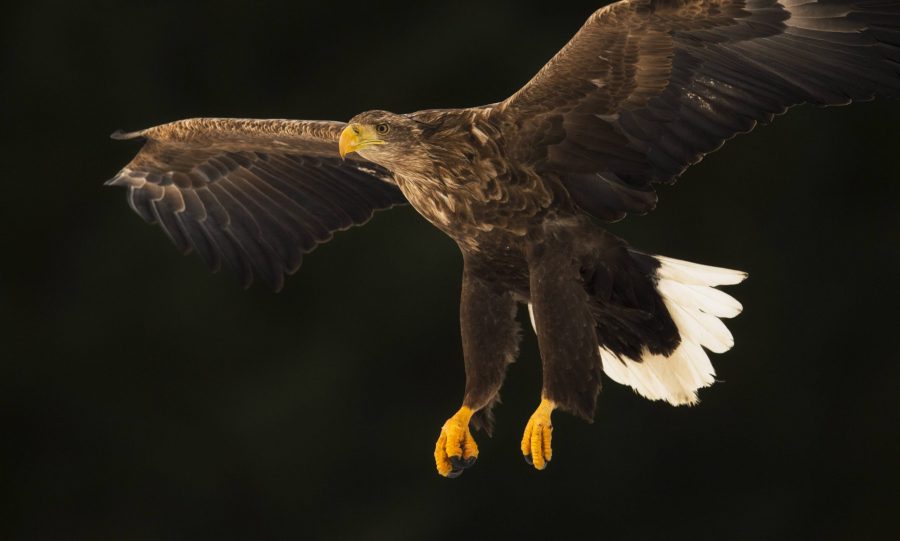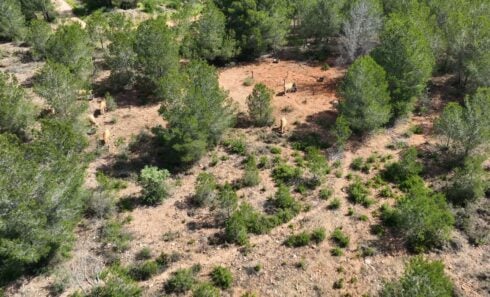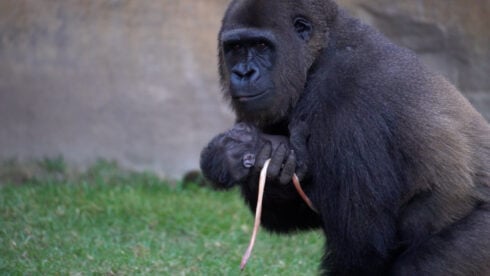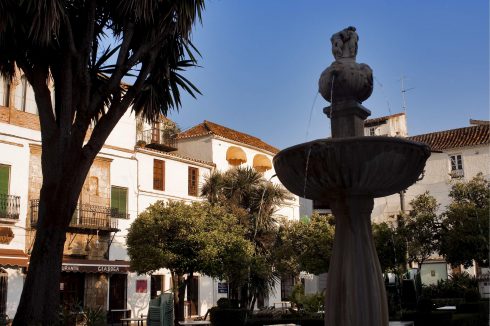NINE White-tailed Eagles have been donated by Norway in an effort to re-introduce the species to Spain.
They are being kept in a special enclosure in Asturias as they acclimatize to their new home.
As one of eight bird species on the official List of Extinct Species, they qualify for the reintroduction project, which is being managed by conservation group GREFA.
Young wild birds were taken from their nests in Norway earlier this year and sent to Spain.
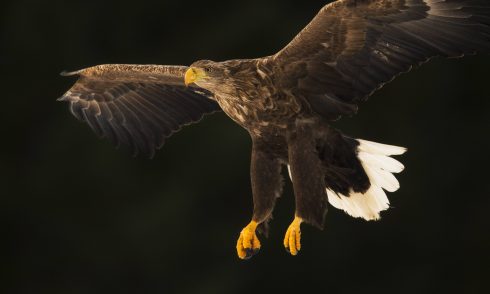
They have been fitted with GPS trackers to monitor their movements once they are finally set free.
This first phase of the scheme is set to last two years, with it being used as a test to try different reintroduction techniques.
If this test phase is successful, it is planned to release 20 eagles a year for five years in a bid to build a breeding population.
Norway has previously provided birds for reintroduction schemes in Scotland, as well as current projects in Ireland and the Isle of Wight.
Earlier this year the Olive Press reported how Andalucia is considered key to therecovery of another type of eagle.
The Spanish Imperial Eagle, also known as the Iberian Imperial Eagle, Spanish Eagle, or Adalbert’s Eagle, was close to global extinction in the 1960s and is still considered one of the most endangered birds of prey on the planet.
Following conservation efforts, recovery began in the 1980s and the global population of the species now exceeds 600.
This boom is mainly due to the actions being carried out by public administrations in collaboration with conservation organisations and private landowners, with Andalucia considered a ‘fundamental’ Spanish territory for the recovery of the species.
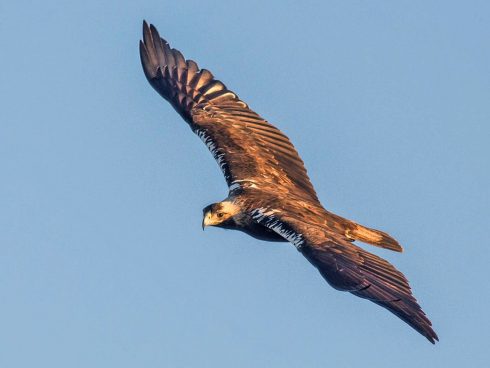
Currently, 129 pairs of Iberian Imperial Eagles live in Spain’s southernmost region, organised in four population centres located in Sierra Morena, Doñana, Cadiz and, more recently, in the Betic Mountains of Granada and Jaen.
According to a spokesman, the actions being carried out by the Regional Ministry of Agriculture, Livestock, Fisheries and Sustainable Development of the Junta, include the release of two young birds (a male and a female) born this year in the Doñana Natural Area.
The aim is to reinforce the most emblematic nucleus of this species in Spain, which currently has eight pairs of Iberian imperial eagles, with the hope that the birds, when they reach breeding age, will settle in this environment to breed.
These young eagles have been fitted with GPS transmitters that allow their movements to be monitored.
The recovery plan of the Junta also includes measures aimed at combating unnatural mortality of the Iberian imperial eagle by shooting and illegal use of traps and poison, as well as improving habitats through agreements with landowners that seek to increase populations of prey species, such as rabbits and partridges.
READ MORE:
- European bison return to Spain’s Andalucia after thousand year absence in an effort to combat forest fires
- More than 200 sheep dead in Spain after bear chases entire flock off cliff edge
- Scottish birds flying in to breed in Spain
Click here to read more Environment News from The Olive Press.

